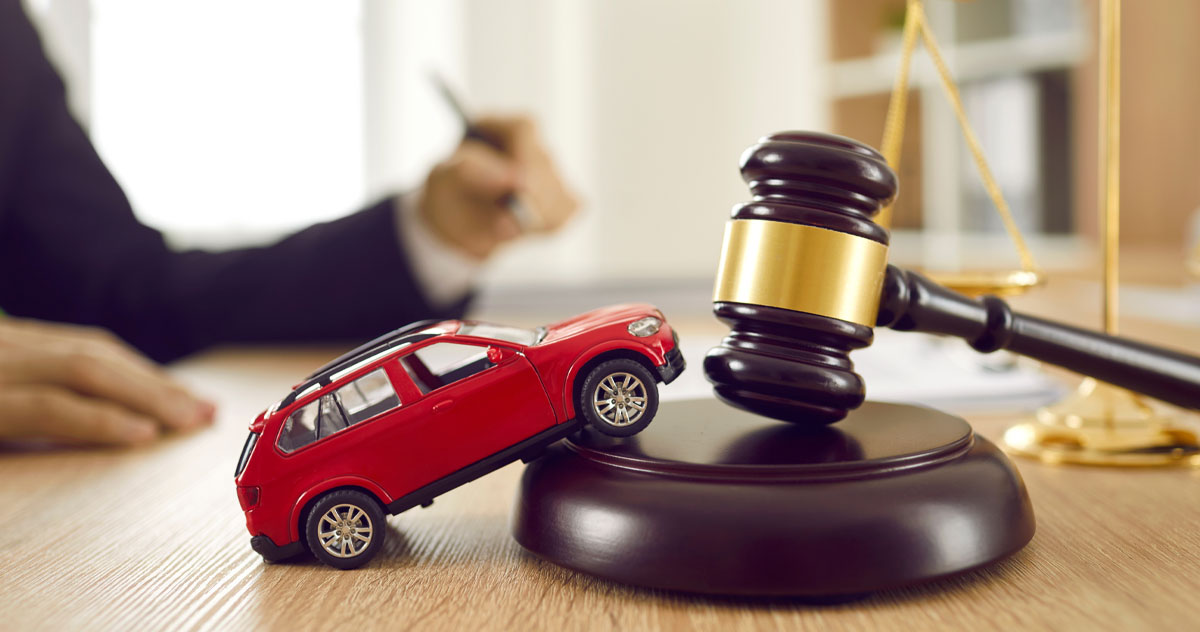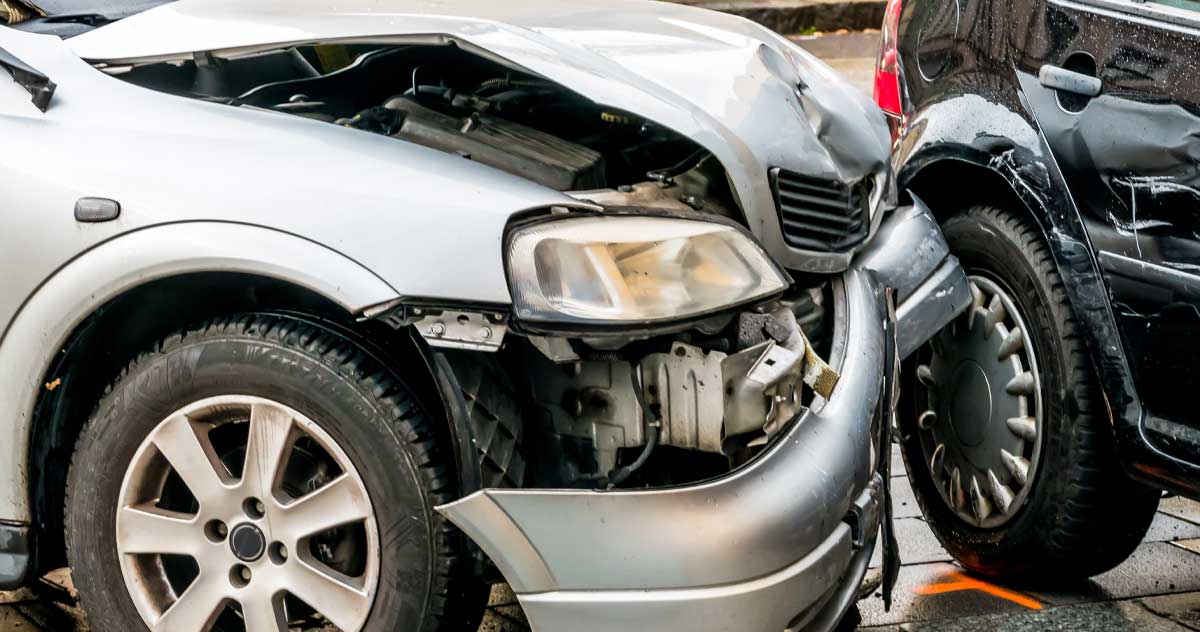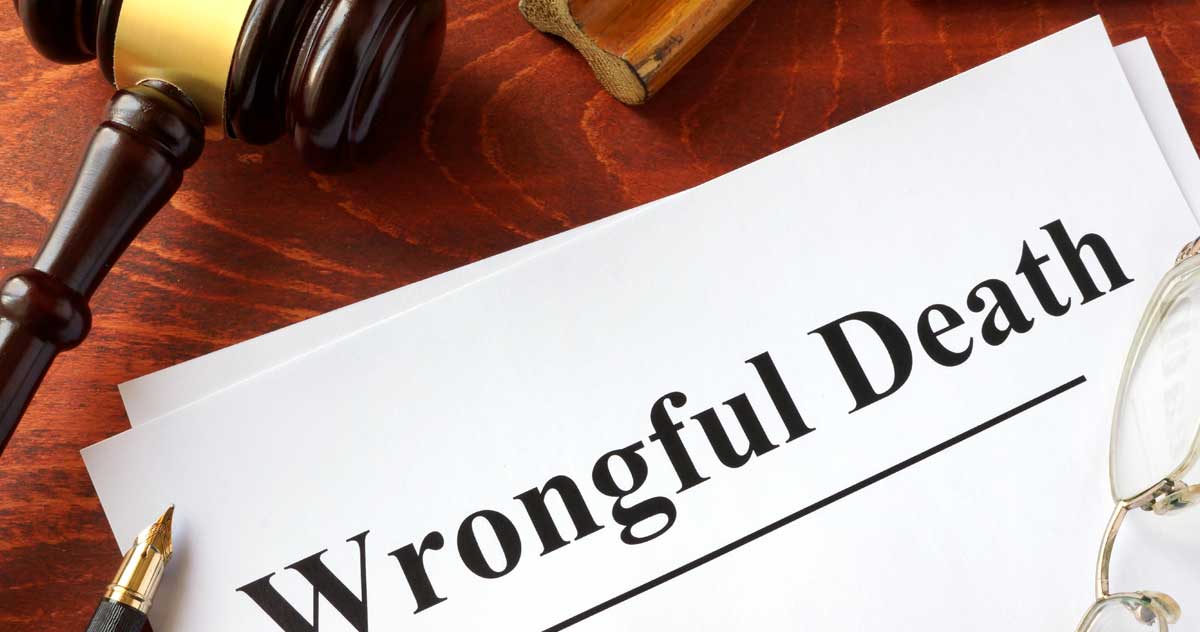Being involved in a car accident can be a traumatic and life-altering experience. Even minor collisions can leave you seriously injured in ways that may not be apparent until hours, days, or even weeks later. Understanding the most common post-accident injuries, their symptoms, and their potential long-term impacts can help ensure accident victims seek proper medical care right away. This is critical not only for recovery, but also to document injuries in the event of an insurance claim or lawsuit.
Here are 10 common injuries after an auto accident and what to look out for with each:
1. Whiplash
Whiplash is one of the most widely associated injuries with auto accidents. It occurs when the body is suddenly jolted back and forth, causing muscle strains and ligament sprains in the neck area. Symptoms include pain, stiffness, throbbing, tenderness, and reduced mobility in the neck, shoulders, and back. Dizziness, headaches, blurred vision, fatigue, irritability, and memory issues can also occur. Chronic neck pain may persist for months after the accident if left untreated. Proper diagnosis and treatment in the first days following an accident is crucial to minimize long-term issues. Utilizing neck braces as well as physical therapy can help strengthen the injured areas.
2. Concussion
Even minor collisions can result in concussions when the head strikes or jolts abruptly against objects inside the car. Symptoms include headache, dizziness, nausea, confusion, and brief loss or alteration of consciousness. Later effects can include difficulty concentrating, sleeping issues, and mood changes. Repeat concussions pose significant brain injury risks. Rest and avoiding strenuous activity immediately following the accident can help facilitate healing. Neurological testing helps determine the concussion’s severity to guide appropriate treatment.
3. Broken Bones
When the body is flung about abruptly inside or even ejected from vehicles in crashes, broken bones, particularly in the ribs, arms, legs and collarbone area are common. Bone fractures are extremely painful and, in some cases, can result in internal organ or nerve damage. Healing may take 6 to 8 weeks or longer depending on severity and require immobilization to prevent future problems. Surgery followed by cast, brace or pin placement is often necessary to stabilize broken bones during healing. Physical therapy helps strengthen the injured areas and regain flexibility once healed.
4. Back Injuries
The sudden hyperextension and violent side-to-side movements during crashes can severely strain muscles, tendons and spinal discs. Acute back injuries range from muscle tears to disc herniations and vertebral fractures. Chronic back pain, numbness or weakness in arms and legs can persist long after, possibly resulting in disability. Careful movement and back braces can provide support in the short-term following accidents. Weight loss, posture corrections and specialized exercise routines help alleviate long-term spine issues.
5. Knee, Ankle and Joint Injuries
Bending dashboards and equipment inside can cause severe foot, ankle and leg injuries during crashes when the body is thrown forward with extreme force. Knees hitting dash areas also frequently cause torn cartilage, sprains, fractures or even total loss of lower leg structural integrity. Immobilizing the injured legs with a cast, splints or knee braces facilitates proper healing after accidents. Physical therapy to rebuild strength and range of motion is vital to recovery.
6. Internal Organ Damage
The abrupt impact of bodies slamming against vehicle parts during a crash can bruise, tear, rupture, or crush internal organs. Key areas include spleens, kidneys, lungs, intestines, liver, and bladder which can lead to severe internal bleeding, organ failure and death if not promptly treated. Symptoms are often delayed following crashes though severe pain, difficulty breathing, and blood in urine or stool can indicate organ injuries. Imaging testing helps assess damage so life-saving surgery can occur promptly if warranted.
7.Cuts and Laceration Injuries
Shattering glass, jagged, twisted metal and sheared vehicle parts create debris that often severely cuts unprotected bodies both inside and outside vehicles during crashes. Deep bleeding wounds require immediate emergency care to prevent permanent muscle damage, dangerous infections, and unsightly scarring. Wound care, specialized sutures, and scar treatment provide the best opportunity for proper long-term healing following accidents.
8. Emotional Trauma
Even after physical wounds heal, many crash victims experience ongoing emotional trauma including anxiety while driving or riding in vehicles, depression, sleep interruption, anger, relationship conflicts and post-traumatic stress disorder (PTSD) that hinders normal life activities. Counseling is frequently required for months or longer. Joining support groups can help victims struggling with post-accident emotional issues feel less isolated.
9. Sprains and Strains
Ligaments and tendons throughout the body are vulnerable to abrupt over-stretching or tears as muscles violently contract during crashes. Sprain and strain injuries are extremely painful, slow to heal, prone to re-injury, and can limit mobility temporarily or permanently if severe. Applying ice immediately following accidents helps minimize swelling and further tissue damage. Braces provide extra support to injured joints and connective tissues as they mend.
10. Burns
Hot liquids, gases, electrical systems and friction inside vehicles during crashes can cause mild to catastrophic life-threatening burns among crash victims. In addition to potential disfigurement, burn injuries require immediate special care to minimize infection risks and are prone to delayed wound healing complications. Silvadene cream helps prevent infection in burn wounds while specialized dermal treatments work to minimize scarring over time.
Being forewarned about the most prevalent injuries following auto accidents helps victims get timely medical assistance to minimize short and long-term impairment. Understanding typical crash injuries also assists physicians, insurance personnel and legal professionals better serve their injured clients. While no amount of precaution or preparation prevents accidents, arming yourself with knowledge aids recovery.
If you have suffered any of these common accident injuries, it is critical to contact an experienced personal injury accident attorney as soon as possible. They can advise you on preserving evidence, obtaining necessary medical treatment, coordinating insurance claims, assessing if other parties were at fault, and determining eligibility for lost wages or disability assistance. A vehicle accident lawyer can also manage communication with insurance adjustors and protect your interests in receiving full and fair accident compensation. They will assess your unique circumstances, long-term prognosis, and ability to cover mounting medical bills so appropriate legal action can be taken. Having a knowledgeable legal advocate by your side after a traumatic crash can alleviate burdens so you can focus energy on healing.
Contact our legal team at What’s My Case Worth today to see how we can help.







